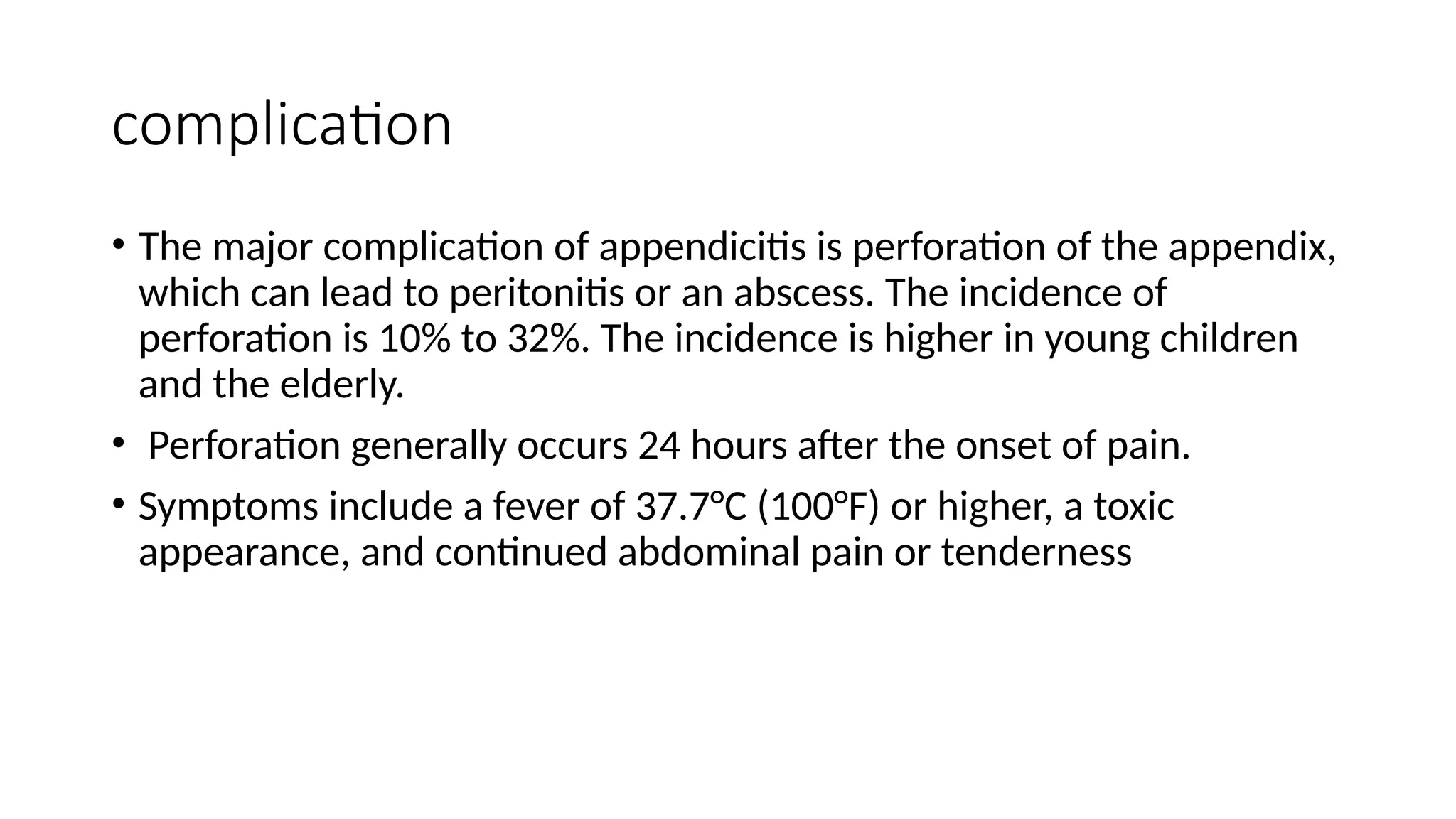Polytrauma: Definition, Etiology, Clinical Features, and Management
Polytrauma, a complex and multifaceted condition, arises when an individual sustains multiple severe injuries simultaneously. Occurring as a consequence of high-energy trauma, it presents a formidable challenge for healthcare professionals.

The definition of polytrauma revisited: An international con - Source journals.lww.com
Editor's Notes: Polytrauma: Definition, Etiology, Clinical Features, And Management have published today date". Give a reason why this topic important to read.
To navigate the complexities of polytrauma, we've conducted thorough research and analysis, compiling this comprehensive guide to assist you in understanding its definition, etiology, clinical features, and management strategies. Our aim is to empower you with the knowledge necessary to make informed decisions regarding polytrauma care.
The nuances of polytrauma demand a multidisciplinary approach, encompassing expertise from various medical disciplines. Our guide delves into the key differences and takeaways, presented in an accessible table format for your convenience.
As we delve into the intricacies of polytrauma, we'll explore its definition, unravel its causes, examine its clinical manifestations, and discuss evidence-based management strategies. Our goal is to provide a comprehensive understanding of this complex condition, empowering you with the knowledge necessary to navigate its challenges.
FAQ on Polytrauma
Polytrauma, a complex and potentially life-threatening condition, poses unique challenges in medical management. To address common concerns and misconceptions, this FAQ section aims to provide concise and informative answers to critical questions.
Question 1: What defines polytrauma?
Polytrauma refers to a severe injury involving multiple body regions, often involving severe musculoskeletal, neurological, and/or visceral trauma. The mechanisms causing polytrauma can range from high-energy accidents to penetrating injuries.

Unconsciousness, definition, etiology, clinical manifestation - Source www.slideshare.net
Question 2: What are the common etiologies of polytrauma?
Polytrauma typically arises from high-impact events such as motor vehicle collisions, falls from significant heights, and penetrating wounds. Blast injuries and industrial accidents can also lead to polytrauma.
Question 3: How does polytrauma manifest clinically?
Clinical features of polytrauma vary widely depending on the affected regions. However, common manifestations include:
- Hypotension and tachycardia (due to blood loss and shock)
- Pain and deformity (indicating musculoskeletal injuries)
- Neurological deficits (ranging from confusion to coma)
- Respiratory distress (due to lung or airway injuries)
Question 4: What are the guiding principles in polytrauma management?
Polytrauma management follows a structured approach known as "damage control surgery." This involves:
- Rapid stabilization of vital functions
- Control of bleeding and contamination
- Definitive surgical treatment once the patient is stabilized
Question 5: How does polytrauma management differ from isolated injury treatment?
Polytrauma management requires a multidisciplinary approach due to the involvement of multiple body regions. In addition, it emphasizes early identification and management of life-threatening injuries, even with incomplete diagnostic evaluation.
Question 6: What are the potential complications of polytrauma?
Polytrauma can lead to a range of complications, including:
- Sepsis
- Organ failure
- Disability
- Death
Early recognition and aggressive management are crucial to minimize complications and improve outcomes in polytrauma patients.
This FAQ section provides a brief overview of polytrauma, covering its definition, causes, clinical manifestations, management principles, and potential complications. For more comprehensive information, refer to the main article on polytrauma.
Tips
Polytrauma: Definition, Etiology, Clinical Features, And Management is a serious condition that requires prompt and aggressive treatment. Following these tips can help improve outcomes for patients with polytrauma.
Tip 1: Ensure early and aggressive resuscitation.
Resuscitation should begin immediately after the injury, and should focus on maintaining airway, breathing, and circulation. Aggressive fluid resuscitation is often necessary to prevent hypotension and shock.
Tip 2: Control bleeding and prevent hypothermia.
Bleeding should be controlled as quickly as possible to prevent hypovolemia and shock. Hypothermia can also be a problem, so measures should be taken to keep the patient warm.
Tip 3: Perform a thorough physical examination.
A thorough physical examination is essential to identify all injuries. This should include a head-to-toe examination, as well as a neurological examination.
Tip 4: Order appropriate imaging studies.
Imaging studies, such as X-rays, CT scans, and MRI scans, can help to identify injuries that may not be evident on physical examination.
Tip 5: Consult with specialists.
Consult with specialists, such as surgeons, neurologists, and orthopedists, as needed to provide optimal care for the patient.
Tip 6: Provide ongoing monitoring and support.
Patients with polytrauma require ongoing monitoring and support to prevent complications and ensure optimal recovery.
Tip 7: Educate the patient and family.
Educate the patient and family about polytrauma, its treatment, and the prognosis. This will help them to understand the condition and to participate in the care plan.
Tip 8: Consider rehabilitation.
Rehabilitation can help patients with polytrauma to regain function and improve their quality of life. This may include physical therapy, occupational therapy, and speech therapy.
Summary:
Polytrauma is a serious condition that requires prompt and aggressive treatment. By following these tips, clinicians can help to improve outcomes for patients with polytrauma.
Polytrauma: Definition, Etiology, Clinical Features, And Management
Polytrauma refers to a complex medical condition involving multiple severe injuries sustained in a single traumatic event. Six crucial aspects of polytrauma demand attention: its definition, etiology, clinical features, management, complications, and rehabilitation.
- Comprehensive Injury Profile: Polytrauma encompasses a wide range of injuries affecting multiple body systems and organs.
- Blunt or Penetrating Trauma: Trauma mechanisms include blunt force, such as motor vehicle accidents, or penetrating injuries from gunshots or stabbings.
- Rapid and Resuscitation: Initial management focuses on stabilization and resuscitation to address life-threatening injuries and prevent further deterioration.
- Multidisciplinary Care: A team of specialists collaborates to provide comprehensive care, including surgeons, intensivists, and rehabilitation professionals.
- Rehabilitation and Recovery: Long-term rehabilitation aims to restore function, improve quality of life, and prevent complications.

Appendicitis.pptx types clinical features | PPT | Free Download - Source www.slideshare.net
The severity and complexity of polytrauma present significant challenges in management and rehabilitation. Despite advances in trauma care, complications such as infection, organ failure, and chronic pain can arise. Rehabilitation plays a critical role in returning survivors to functional independence and maximizing their quality of life.
Polytrauma: Definition, Etiology, Clinical Features, And Management
Polytrauma is a condition that involves injury to multiple body regions, often resulting from high-energy events such as motor vehicle accidents, falls, or explosions. The severity of a polytrauma is determined by the extent of the injuries and the degree of physiological derangement.

Hip clinical examination By Dr YAGNIK BHUVA | PPT - Source www.slideshare.net
Understanding the connection between polytrauma, its etiology, clinical features, and management is crucial for healthcare professionals. This knowledge enables effective triage, prioritization of treatment, and optimization of patient outcomes. A comprehensive approach to polytrauma management involves a multidisciplinary team, including trauma surgeons, intensivists, and rehabilitation specialists, working together to address the complex needs of these patients.
The timely and appropriate management of polytrauma can significantly improve the chances of survival and recovery. By recognizing the unique challenges associated with polytrauma, healthcare providers can provide optimal care and minimize the risk of complications. Continued research and advancements in trauma care hold the potential to further enhance the outcomes of patients with polytrauma.
Etiology of Polytrauma:
- Motor vehicle accidents
- Falls
- Explosions
- Penetrating injuries
- Crush injuries
Clinical Features of Polytrauma:
- Multiple injuries to different body regions
- Hemodynamic instability
- Airway compromise
- Neurological deficits
- Abdominal pain and tenderness
Management of Polytrauma:
- Initial resuscitation and stabilization
- Triage and prioritization of treatment
- Surgical intervention
- Intensive care management
- Rehabilitation
Conclusion
Polytrauma remains a significant public health concern, accounting for a substantial proportion of morbidity and mortality worldwide. It is a complex condition that requires a coordinated and comprehensive approach to management. By understanding the etiology, clinical features, and management of polytrauma, healthcare professionals can optimize patient outcomes and improve survival rates.
Ongoing research and advancements in trauma care hold promise for further improvements in the management of polytrauma. The development of new technologies, such as advanced imaging techniques and minimally invasive surgical procedures, has the potential to reduce the morbidity and mortality associated with this condition. Additionally, a focus on injury prevention and public health initiatives can help to reduce the incidence of polytrauma and improve overall population health.